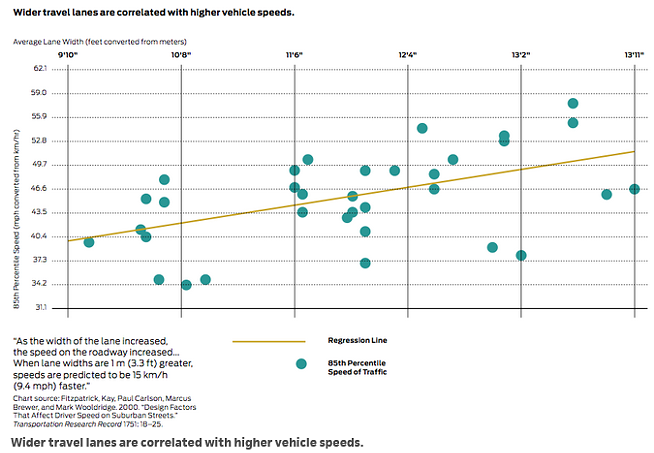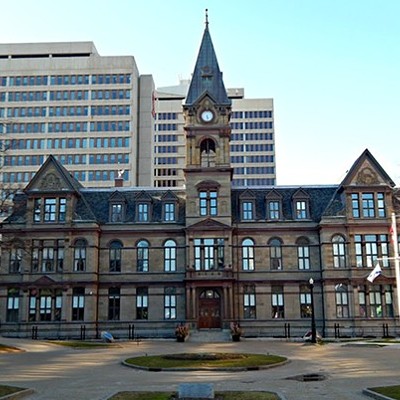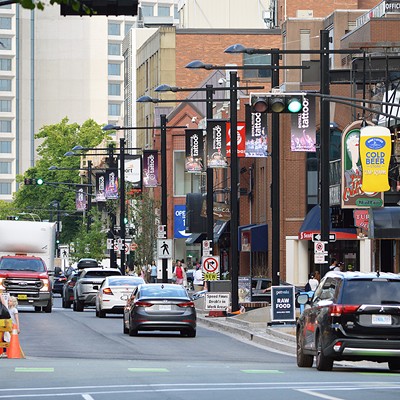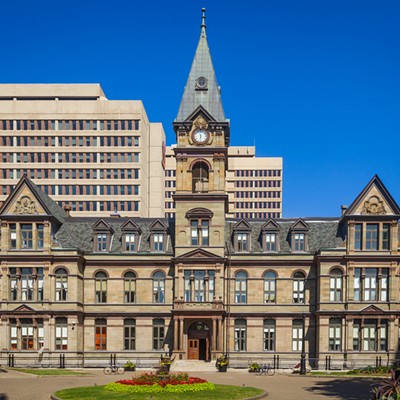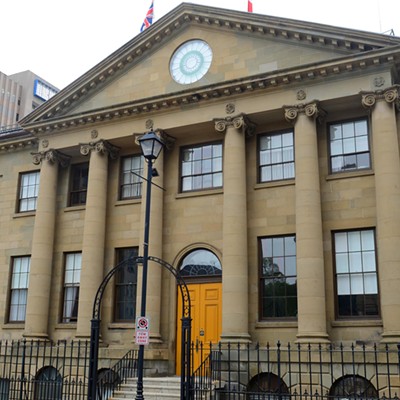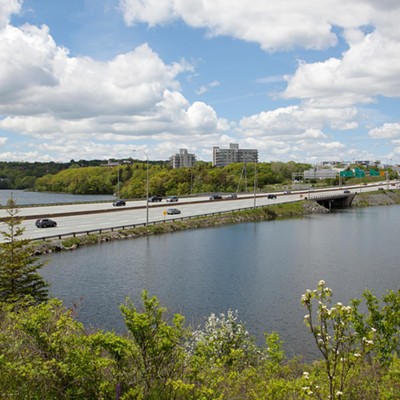The roads of Downtown Dartmouth just got official recognition that they’re a bit safer for everyone than the HRM’s standard street. This is a result of the city successfully petitioning the provincial government to lower the speed limit in Dartmouth’s downtown core. The provincial government was happy to reduce the posted speed from 50kmh to 40kmh which will, based on the best available evidence, have negligible to no impact on people travelling through Downtown Dartmouth’s core.
The city has been trying unsuccessfully to get the provincial government to lower posted speed limits all over the HRM but the provincial government has been very clear with the city: If they want slower speeds, they need to design slower roads. Until councillors force Brad Anguish’s Department of Public Works to actually build slower streets, the posted speed limits throughout the HRM will remain unchanged, and the risk of being subjected to some life-altering violence on your way to work or the grocery store remain quite high.
But it’s important for the public and for councillors to understand the true scope of the city’s failure when it comes to road safety.
In 2012 the provincial goverment wrote a report into whether or not it should lower the default speed limits of residential roads below 50kmh. Ultimately they decided not to in 2012 for the same reason they don’t today: Even though there is a lot of compelling evidence that designing roads for 30kmh in residential areas is safer for everyone, according to a provincial spokesperson for the Department of Transportation and Infrastructure Renewal posted speed limits are “based on road characteristics and prevailing travel speeds on residential streets, 50km/h is considered reasonable on most roads/streets.” This decision is based on the three of the four key takeaways from that 2012 report:
- Posted speed limits don’t affect driver speeds.
- Posting lower speed limits without designing safer streets makes pedestrians feel safer even when they’re not due to finding number 1, and;
- Design is the most important factor of road safety.
One of the facinating things about this 2012 provincial report is what else can be understood with this report’s findings. Take for example the simple crosswalk.
When using crosswalks as intended and designed, pedestrians will often believe—incorrectly—that because there is a crosswalk drivers will obey the flashing lights and paint. Drivers mainly think about whether or not they think they can stop in time for the crosswalk, trusting, hoping or praying that pedestrians won’t step out into the intersection as is the right of any pedestrian at any intersection according to the Motor Vehicle Act. The traffic engineering profession has a lot of policy around crosswalk safety and the American Federal Highway Administration in 2013 had an official ruling on crosswalk safety titled Official Interpretation of Chapter 3G of the Manual on Uniform Traffic Control Devices for Streets and Highway. In that ruling the American federal body says that crosswalks aren’t a great piece of infrastructure because they give pedestrians a false sense of security, but that they can still be used. And this false sense of security claim stems from a single research paper done in 1972 which has some pretty major flaws.
The author of that 1970s study found that most pedestrians were hit by drivers when they were already well into the intersection, not when they were first stepping off. Which means pedestrians who are being hit in crosswalks are not being irresponsible. This 1970s study found the same thing that the provincial report found in 2012 and the same thing the city learned in 2022 with its Spring Garden Road car-free failure: It’s not just speed limits, drivers ignore most if not all posted signs.
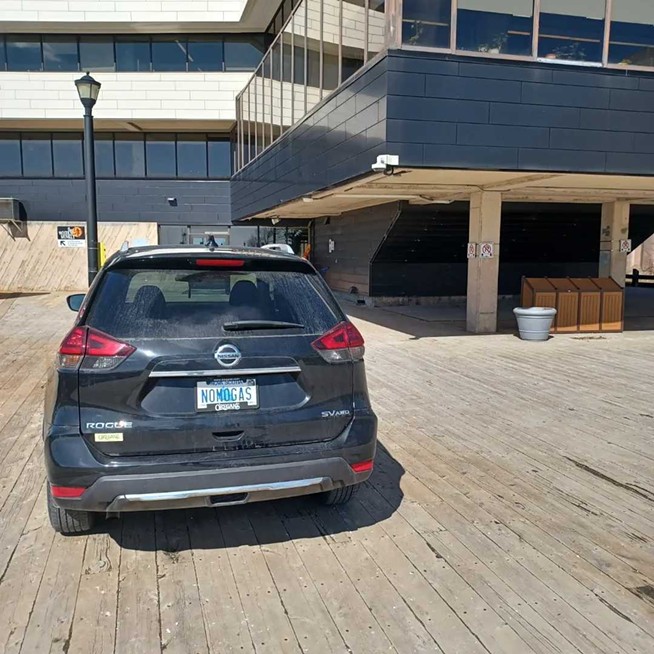
This brings us back to Downtown Dartmouth. In the new slower speed zone, the roads are narrow and the intersections are bumped out. When cars want to pass each other they slow down to 20kph and squeeze through. Drivers do not usually ignore physics because car repairs are expensive. If the city wants the province to lower the posted speeds in more of the city, they need to design roads to look like Downtown Darmouth. This is not something the city does because years ago council got the incorrect legal advice that roads needed to be built to the provincial speed limits. And it is really worth pointing out at this juncture, that even if that legal advice was true, Halifax’s current design standard of a three-metre road width is designed for speeds of 65kph, not the posted speed of 50kph.
In 2021, after a behind the scenes fight with the city’s traffic engineers, councillors managed to get a concession out of Brad Anguish’s department: Reduce the HRM’s standard vehicle lane width to three metres. Roads built to this standard will not be able to get a posted speed of 40kph because a three-metre road width should reduce driver speeds to an average of 64.4kph.


